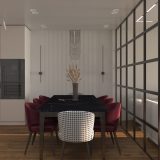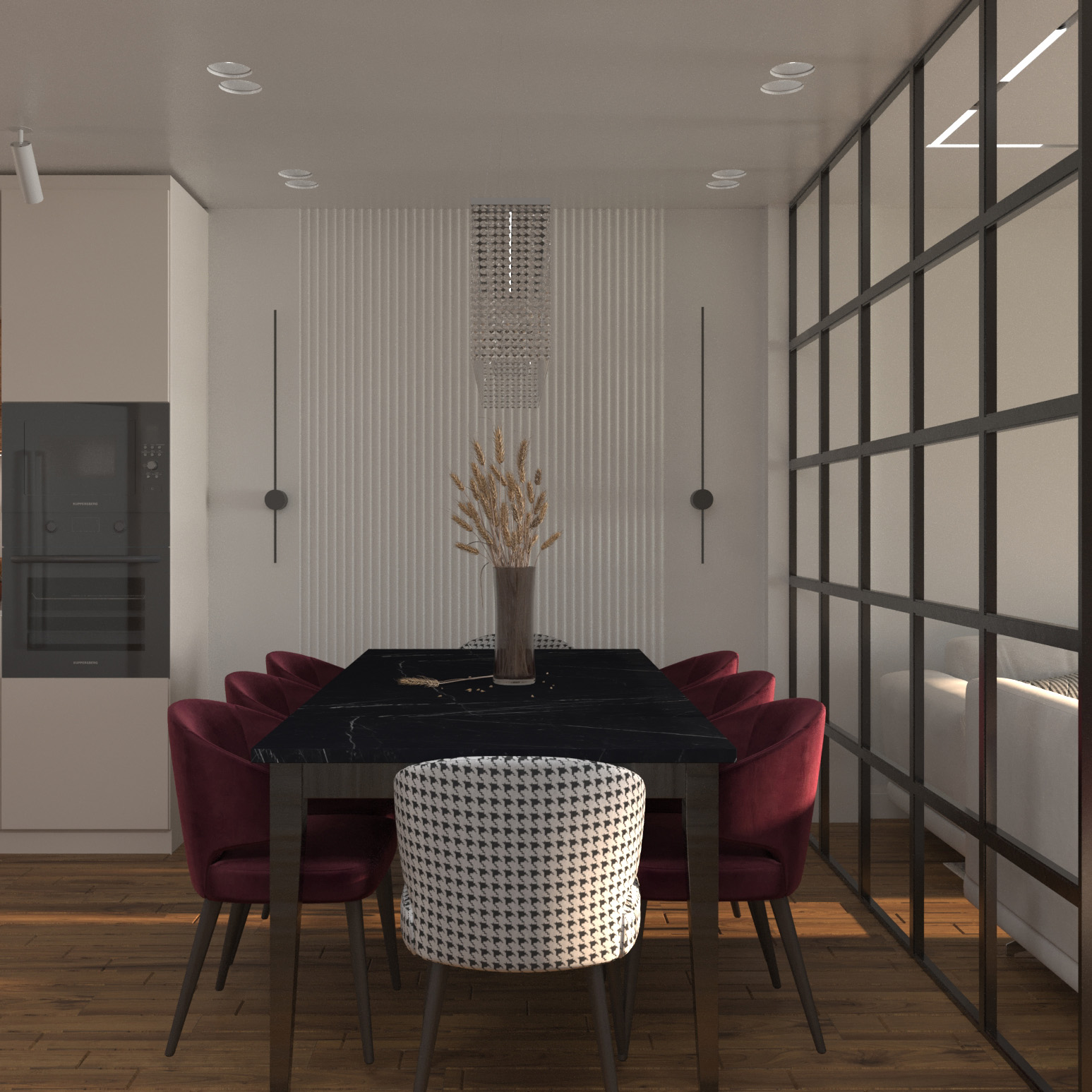Share this post:

.
.
Sustainable Living in Every Corner:
A Fresh Approach to Interior Design with Recycled Materials
Share this post
How to create a modern, eco-friendly look using reclaimed wood, metal, and concrete
As an interior designer with over a decade of experience creating unique spaces, I deeply believe in the importance of incorporating recycled materials into interior design. Recycled materials not only reinforce a space’s identity but also contribute to reducing carbon footprints and cutting costs. Utilizing these resources offers an opportunity to showcase creativity, innovation, and environmental commitment.
Recycled materials are integral to sustainable design. When we repurpose timber offcuts, metal scraps, or concrete remnants, we prevent waste from ending up in landfills. This approach reduces industrial leachate and conserves primary resources. The result is a healthier environment and optimized project budgets.
Types of Recycled Materials
- Reclaimed wood: old floorboards, pallets, and beams repurposed for wall cladding, flooring, and furniture
- Recycled metal: sheets and profiles used in structural elements, window frames, and decorative accents
- Reconstituted concrete: broken bricks and crushed concrete for floors and feature walls
- Repurposed glass: salvaged panels and mirrors for lighting fixtures and reflective surfaces
Design and Execution Process
- Identify reliable suppliers of recycled materials
- Assess the quality, safety, and structural integrity of each material
- Clean, treat, and stabilize components for long-term performance
- Develop a concept aligned with the space’s function and client’s vision
- Supervise installation and detailing to preserve authenticity and functionality
Key Styling Tips
- Pair recycled materials with neutral or earthy color palettes for a natural aesthetic
- Highlight textures and patterns of reclaimed elements with targeted lighting
- Create contrast between new and repurposed items to emphasize authenticity
- Introduce live plants and green walls to enhance vibrancy
Accessing high-quality recycled materials can be challenging. Partnering with local workshops and certified recycling facilities is essential. Allocating time to test material compatibility with humidity and temperature conditions extends project longevity. While initial costs for recycled materials may be slightly higher, energy savings and reduced maintenance costs offset these expenses in the long term.
Incorporating recycled materials into interior design sends a clear message of environmental responsibility and creative artistry. I encourage clients and design enthusiasts to explore recycled options before purchasing new materials and to consult with professionals specializing in sustainable design. This choice not only elevates quality of life but also makes a significant contribution to preserving our planet.
Share this post









